In 2024, we saw the beginning of Japanese low-cost carrier Air Japan, an ANA subsidiary. While Air Japan has been around for a while, it had just a separate callsign to ANA flights since 2010, with ANA operating the actual flights (this was just because ANA couldn’t employ foreign pilots, whereas Air Japan could). It wasn’t until 2024 that Air Japan began operating their own flights in an all-economy configuration onboard their two-strong 787 fleet; they operate to Seoul, Bangkok, and Singapore, and had ambitions to expand longhaul.
Well, these hopes were short-lived. Air Japan is ceasing operations as of March 29, 2026, and folding entirely back into the ANA brand afterwards. This also means the end of Air Japan’s two 787s, which at present are operated in an all-economy configuration.
(Note: this is different to Japan Airlines, which is alive and well.)
Air Japan ceases operations, folds back into ANA
Japanese low-cost carrier Air Japan, a full ANA subsidiary, announced today that they would cease operations as of March 29, 2026.
The airline currently operates between Tokyo Narita and Seoul-Incheon, Bangkok, and Singapore. The airline will operate final flights to all three of their destinations on March 28th – the Seoul-Narita flight will operate on the same day, whereas the Bangkok and Singapore flights will return the next day.
According to Google Flights, I presume that all other flights using the Air Japan callsign (such as Hong Kong-Tokyo) will fold back into ANA’s core operations.
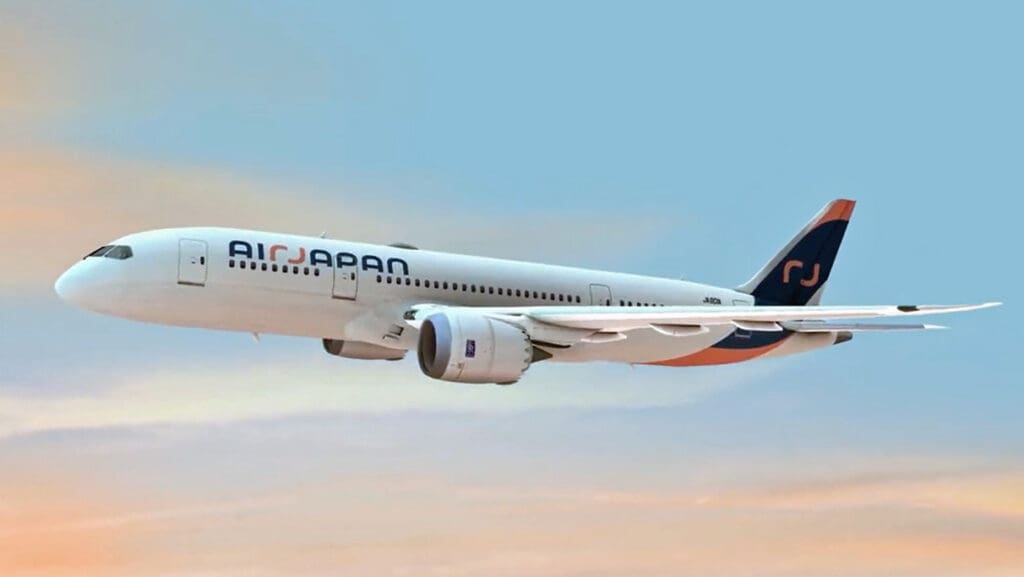
Air Japan will operate their last flights on March 28-29, 2026
Air Japan currently operates two types of flights:
- The airline owns two 787-8s outfitted in an all-economy configuration, which operate to Seoul, Singapore, and Bangkok
- Some routes (Hong Kong, Taipei Songshan, etc.) use the Air Japan callsign, but are operated by ANA aircraft with an ANA configuration: actually, a majority of the airline’s 787 fleet are actually stated as “operated by Air Japan”, but this is predominantly so they can allow foreign pilots to fly these planes
Both of these cases will be discontinued, so everything will be folded back into the ANA brand. I’m unclear on what is happening to ANA’s non-Japanese pilot base, as news on this hasn’t been publicised yet.
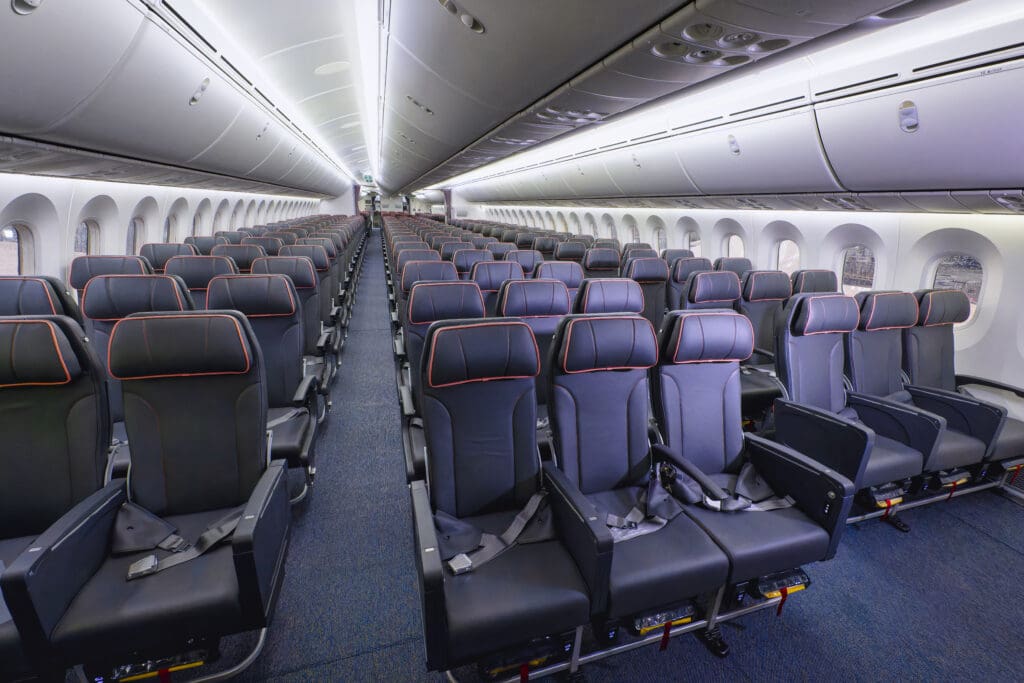
Air Japan’s all-economy configuration on their 787-8s
The Japanese low-cost carrier market is ultra-competitive
While Japan is typically known for extremely high-yield fares (due to the huge demand in leisure travel, as well as a healthily regular business travel demand), there are numerous low-cost airlines that operate in and out of Tokyo.
In September I flew ZIPAIR, which is Japan Airlines’ version of a low-cost carrier. ZIPAIR has an operating margin of 17% (compared to Japan Airlines’ 9%); on the other hand, while we don’t know the exact percentage, Air Japan has announced that the brand wasn’t profitable. ZIPAIR also beat Air Japan to low-cost longhaul flights out of Japan (both in terms of connectivity and brand recognition), which brought in a lot of the airline’s profit margin.

ZIPAIR is doing much better than Air Japan
But ZIPAIR isn’t the only Japanese low-cost airline out there:
- Veteran Peach Aviation (by ANA) continues to have very good connectivity within Asia
- Jetstar and Spring have their Japanese divisions, both backed by Japan Airlines
- Air Do, Skymark Airlines and Solaseed Air (all backed by ANA to some extent) also have good brand presence within Japan
I’ve never flown Air Japan, though they’re mostly praised by flight reviewers – WiFi is fast, the buy-on-board selection is good, and legroom is spacious. The seats look comfortable enough, with adjustable headrests at each seat.
There are lots of “boutique low-cost carriers” within Northeast Asia
Speaking of ZIPAIR and Air Japan, I do notice the growing presence of low-cost carriers that are based out of Northeast Asia. While my general perception of low-cost carriers (especially in Europe) consists of a two-hour flight in A320s/737s with ironing-board seats, many low-cost carriers within Northeast Asia have 787s with power ports, WiFi, and in many cases, a premium cabin.
One of the airlines I’ve got my eye on is Air Premia, which operates a fleet of eight 787s to eight destinations from Seoul. They always have attractive fares intra-Asia, especially in their premium cabin.
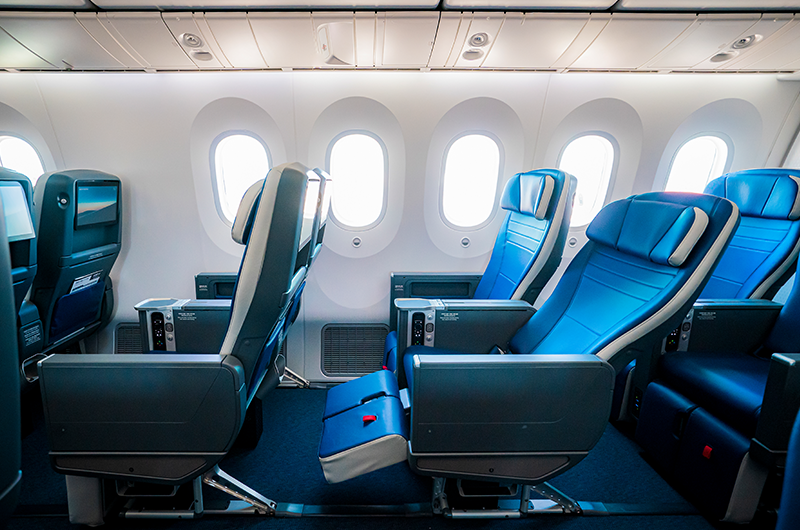
Air Premia is another one of these “boutique low-cost carriers”
While perhaps a different style, T’Way Air flies ex-Korean Air A330s longhaul as well with really attractive fares.

T’Way Air is another low-cost airline that operates with widebody aircraft
I wonder why there’s such a concentration of such carriers in Northeast Asia? I know that Scoot (Singaporean low-cost carrier with widebody aircraft, though also featuring A320s) is profitable in Singapore, and we have Norse Atlantic here in the UK, though airlines such as Air Japan, ZIPAIR, and Air Premia operate quite aggressively from Seoul and Tokyo to Asia and the U.S..
Conclusion
ANA’s subsidiary Air Japan is ceasing operations, with current routes being folded back into ANA. While Northeast Asia has a concentration of boutique low-cost airlines operating widebody aircraft, unfortunately they will lose one after March 2026. It’s currently unclear what will happen to those employed at Air Japan, given that ANA can’t employ foreign pilots, but Air Japan could.





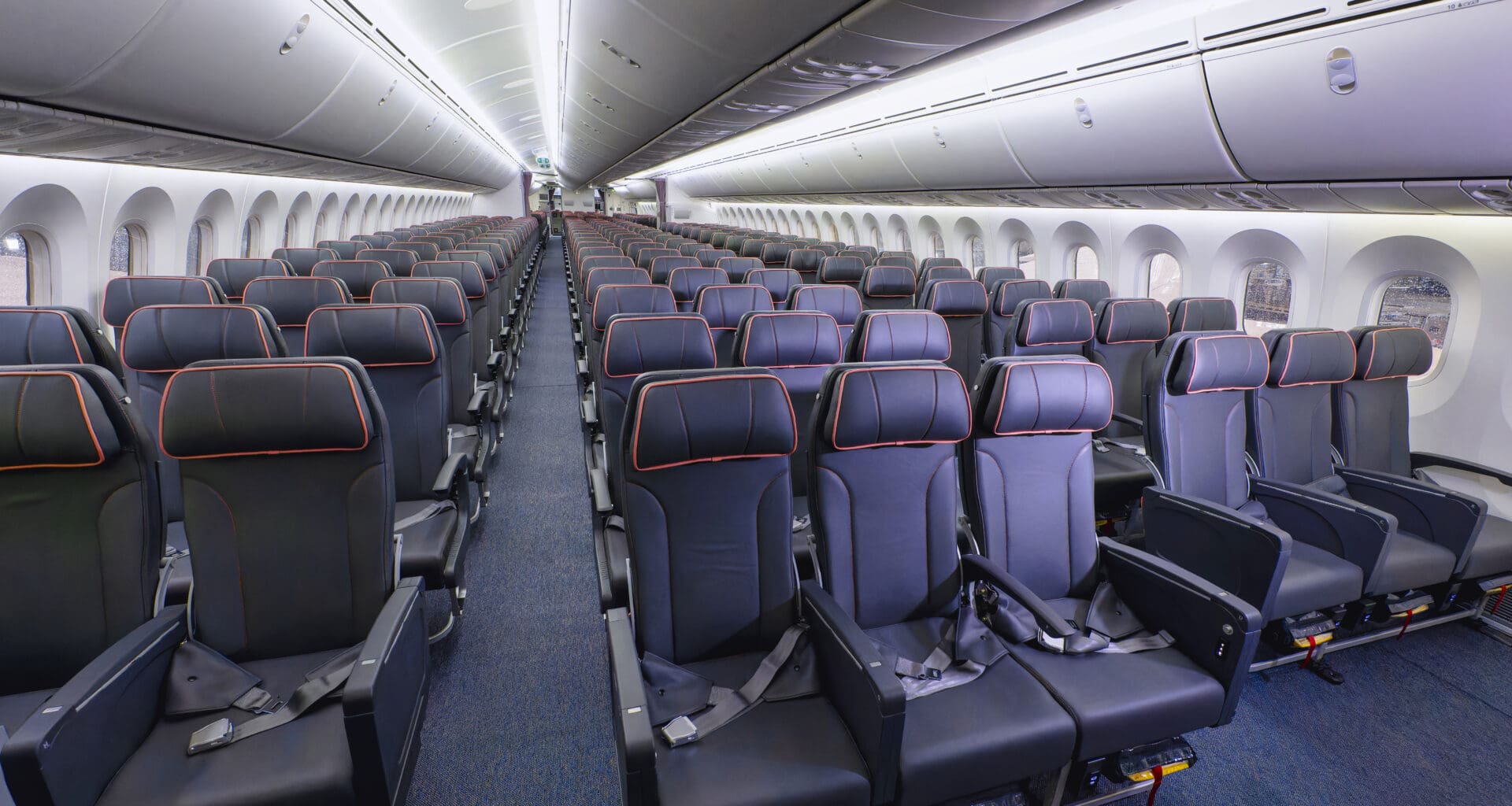

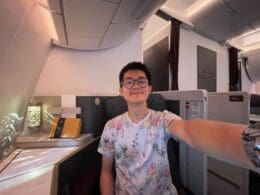

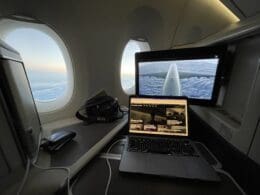
Nothing is going to happen to the non-Japanese pilots. Air Japan, which is the subsidiary of ANA and operates flights for ANA, is not stopping operation. It is only their low cost brand called AirJapan (with no space between Air and Japan) that is stopping. Air Japan (with a space between Air and Japan) will continue to operate normally as they have been doing for many years.